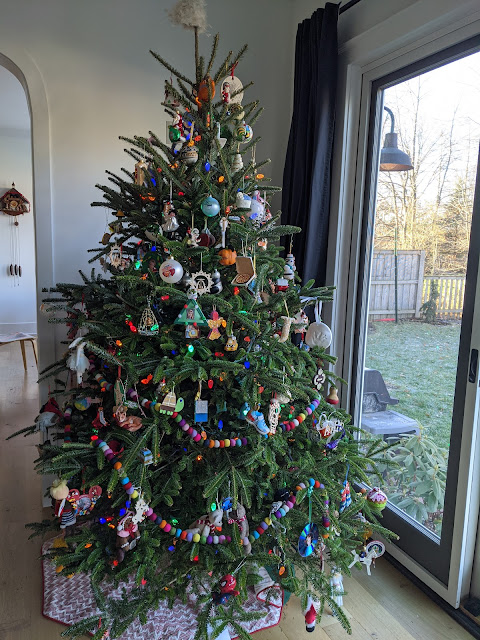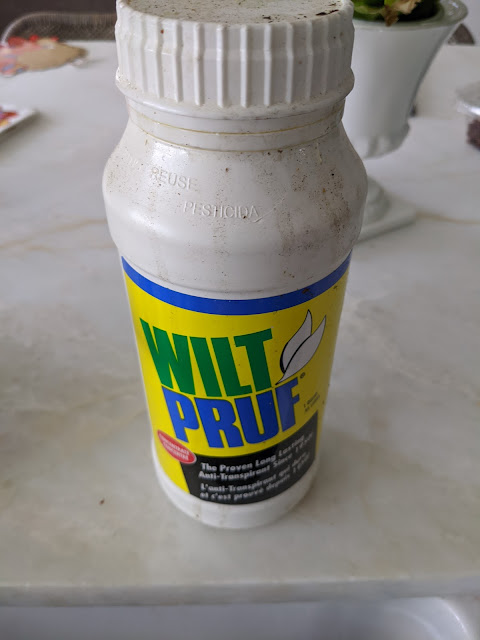Spreading Hardwood Ash As Tree Fertilizer

'Tis the season for fireplace burning in our house - and likely in yours. That means that you'll have to deal with the ash that gets left behind after the wood burns. We burn hardwoods exclusively (so far this year, we've burned Cherry and Birch) and that means we end up with hardwood ash. Turns out, it has value in the garden as a soil conditioner and fertilizer. According to the Oregon State University (Notice...I did include *the* for those other OSU lunatics) Extension office , hardwood ash can aid in making the soil an environment that supports plant and tree growth. From the OSU Extension article : Because wood ash is derived from plant material, it contains most of the 13 essential nutrients the soil supplies for plant growth, according to Dan Sullivan, OSU Extension soil scientist. "When wood burns, nitrogen and sulfur are lost as gas," Sullivan said, "but calcium, potassium, magnesium and other trace elements remain. The carbo...





